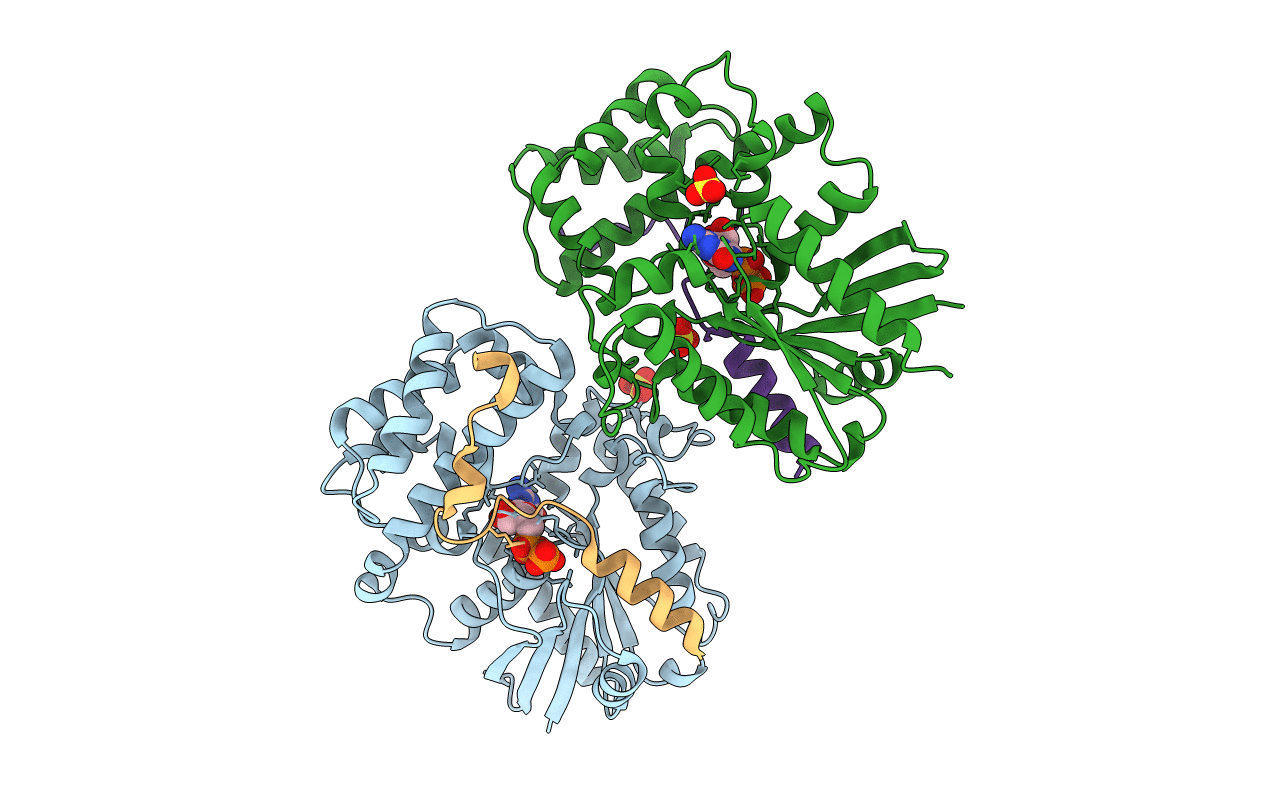
Deposition Date
2010-08-30
Release Date
2010-11-24
Last Version Date
2023-09-06
Entry Detail
PDB ID:
3ONW
Keywords:
Title:
Structure of a G-alpha-i1 mutant with enhanced affinity for the RGS14 GoLoco motif.
Biological Source:
Source Organism:
Homo sapiens (Taxon ID: 9606)
Host Organism:
Method Details:
Experimental Method:
Resolution:
2.38 Å
R-Value Free:
0.26
R-Value Work:
0.22
R-Value Observed:
0.22
Space Group:
P 2 2 21


